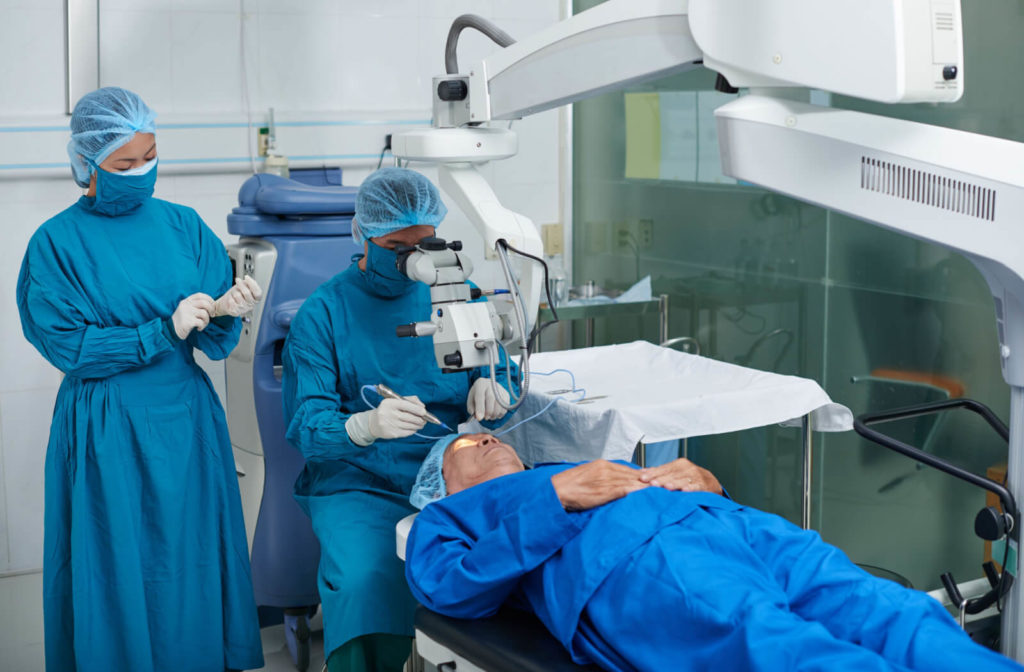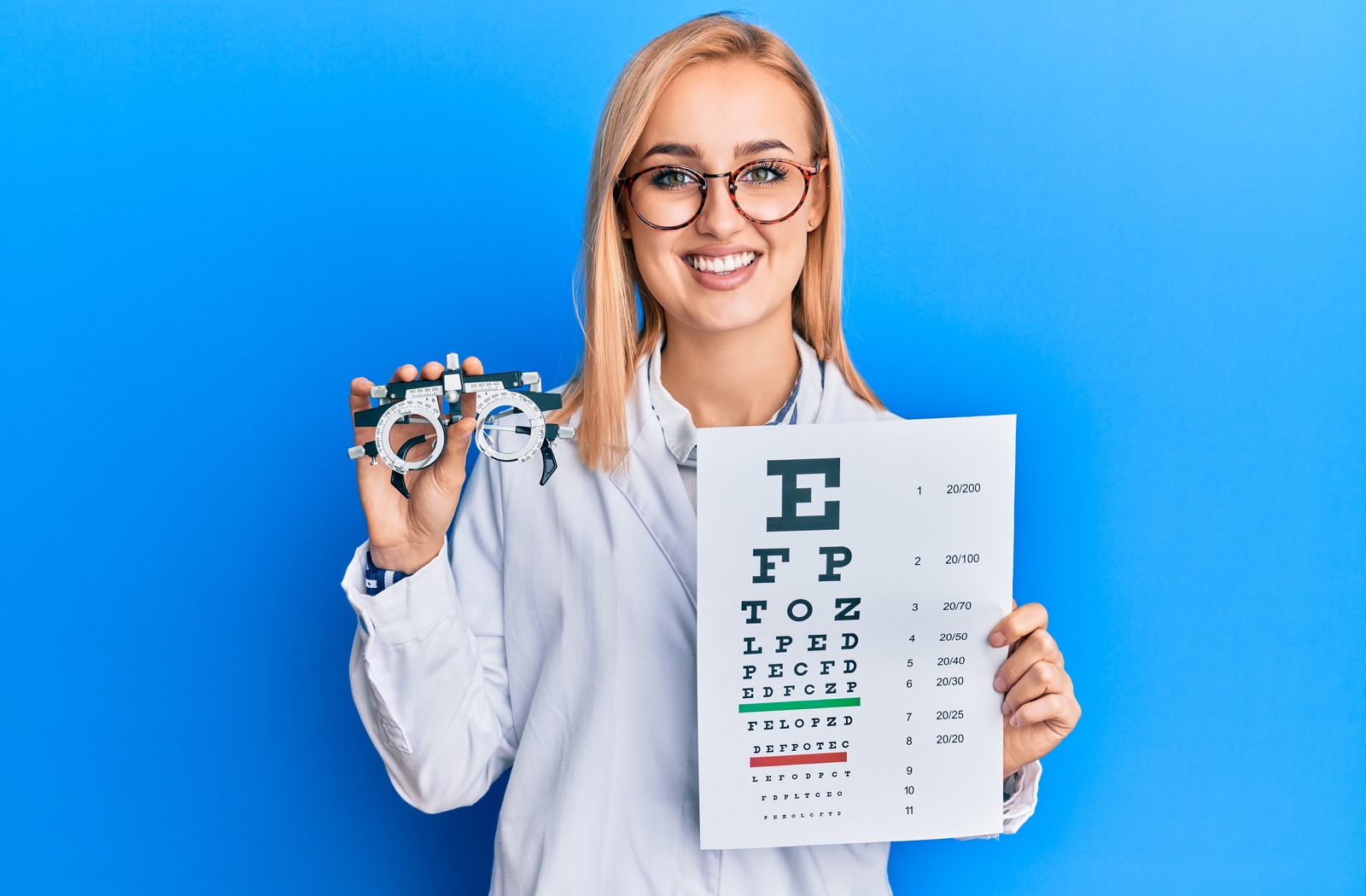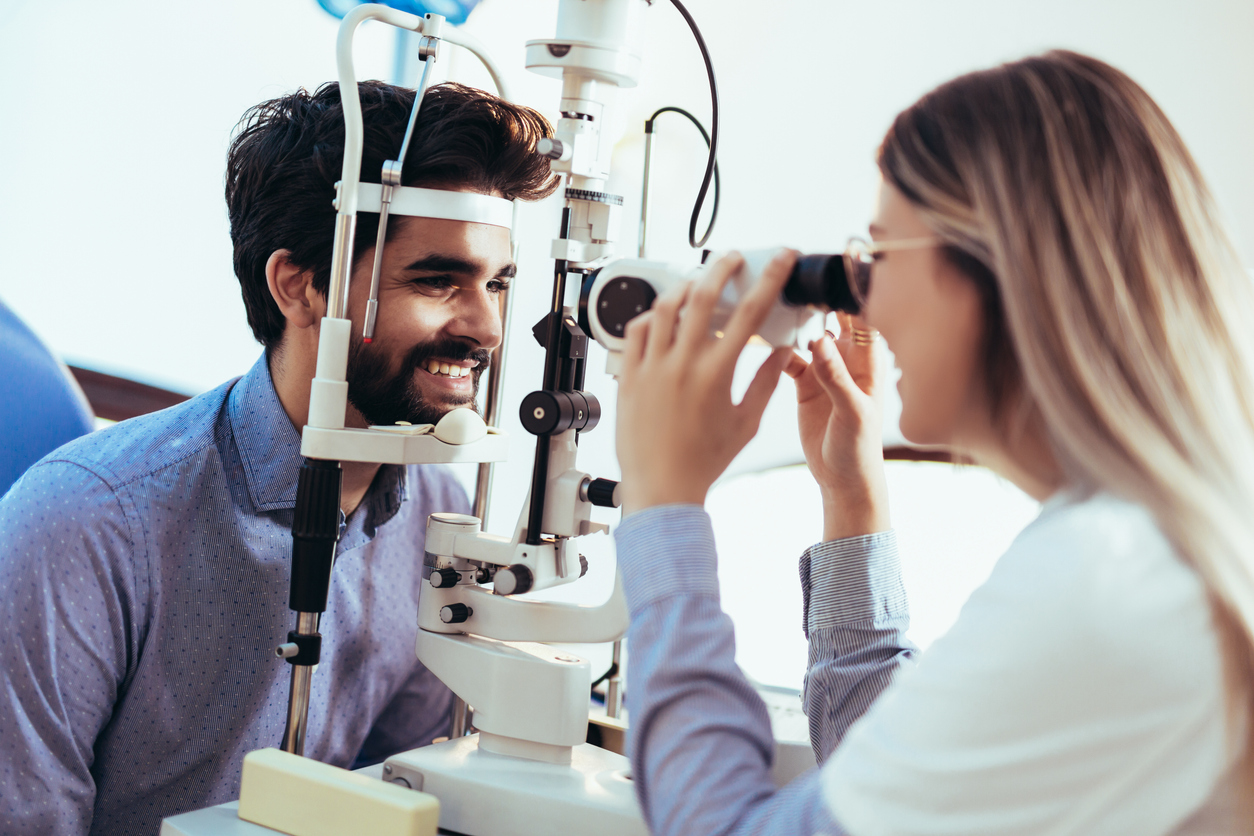Just How Your Eye Physician Can Help Find Very Early Indicators of Eye Conditions and Protect Your Sight
In today's hectic globe, maintaining optimum eye health and wellness often needs more than just a simple vision examination. Regularly seeing an eye medical professional is important for identifying very early indications of potentially major eye problems. With extensive eye examinations, experts use sophisticated innovation like Optical Coherence Tomography (OCT) to discover refined modifications in the eye's structures. This proactive method not only aids in the early identification of glaucoma, cataracts, and diabetic person retinopathy but also assists in prompt intervention. What details advancements are changing eye treatment, and just how can they secure your vision for the future?
Significance of Regular Eye Tests
Routine eye exams are a critical component of keeping total eye health and very early detection of possible concerns. They act as a safety net, permitting eye care professionals to identify problems such as glaucoma, cataracts, macular deterioration, and diabetic person retinopathy at their inceptive phases. These problems, if left unnoticed, can cause extreme vision impairment and even blindness. Early detection via routine exams guarantees that any kind of required treatment can commence immediately, possibly maintaining vision and mitigating complications.
Eye examinations also supply a detailed review of one's basic wellness. By determining these issues early, eye treatment specialists can advise further clinical assessments, leading to prompt treatments past eye health.
Additionally, routine eye tests help upgrade prescriptions for glasses or call lenses, guaranteeing ideal vision correction. This adds to improved quality of life, lowering frustrations, eye stress, and improving visual quality. Sticking to a timetable of normal eye examinations is an important element of maintaining both ocular and total wellness.
Modern Technology in Eye Health

Furthermore, advancements in telemedicine have broadened access to eye care services, particularly in remote or underserved areas. With virtual examinations and remote tracking, people can get professional analyses without geographical constraints. This is especially beneficial for ongoing monitoring of chronic eye conditions, where normal monitoring is crucial.
Advancements in man-made intelligence (AI) have actually additionally considerably impacted eye health and wellness. AI formulas are being established to examine retinal images and spot abnormalities with remarkable precision, frequently highlighting problems that may not be instantly noticeable to the human eye. This helps eye doctors in making even more educated decisions and customizing therapy strategies effectively.
Additionally, laser modern technology has fine-tuned operations, providing minimally invasive and precise choices for correcting vision disabilities. These technological strides collectively contribute to improved patient outcomes and protect vision health throughout diverse populations.

Identifying Common Eye Problems
Eye conditions, just like covert prizes waiting to be revealed, frequently show discreetly prior to emerging to those influenced. Recognizing these very early signs is important, as prompt discovery can dramatically affect the efficiency of therapy and conservation of vision. Usual eye problems, such as cataracts, glaucoma, diabetic person retinopathy, and age-related macular deterioration (AMD), existing distinctive challenges that require careful evaluation and competence to recognize.
Cataracts, identified by clouding of the eye's lens, usually develop gradually and can bring about vision disability if not discovered early. Eye Doctor. Glaucoma, often called the "quiet burglar of view," might trigger irreparable damages to the optic nerve without recognizable signs till sophisticated stages. Regular eye exams are necessary to monitor intraocular stress and optic nerve health, essential in identifying glaucoma
Diabetic retinopathy, an issue of diabetes mellitus, look at this now damages capillary in the retina, potentially causing blindness. Early detection with retinal imaging is important for managing its development. browse this site AMD affects the macula, accountable for main vision, and can substantially affect day-to-day tasks. Determining drusen-- yellow deposits beneath the retina-- is key to diagnosing early AMD. Each problem emphasizes the value of methodical eye evaluations to safeguard ocular health.
Preventative Measures and Treatments
Preventative procedures and therapies play a critical role in preserving ideal eye wellness and reducing the development of diagnosed problems. Normal eye exams are an essential preventative action, permitting very early detection and management of prospective concerns prior to they cause significant damages. Throughout these tests, ophthalmologist can determine threat factors for problems such as glaucoma, macular deterioration, and diabetic person retinopathy, which may require prompt treatment.
Therapy options vary depending upon the details problem. Glaucoma treatment commonly involves prescription eye goes down to decrease intraocular pressure, while sophisticated cases could require laser Source treatment or surgical treatment. Age-related macular degeneration (AMD) can be managed utilizing anti-VEGF injections, which help slow the development of vision loss. In addition, diabetic retinopathy treatment might include laser surgical treatment to secure leaking blood vessels and avoid more retinal damage.
Lifestyle alterations, such as cigarette smoking cessation, controlling high blood pressure, and preserving blood glucose levels, enhance these therapies by reducing threat variables linked with eye illness. Additionally, protective glasses and appropriate UV defense are necessary in protecting against environmental damages, thus preserving vision. Participating in these preventative techniques under the guidance of an eye treatment professional is critical for long-term ocular wellness
Tips for Keeping Eye Health
To protect ideal vision, incorporating useful pointers right into day-to-day regimens is necessary. A balanced diet regimen abundant in omega-3 fats, lutein, zinc, and vitamins C and E can considerably decrease the danger of age-related vision troubles such as macular degeneration and cataracts. Consuming leafy environment-friendlies, oily fish, eggs, nuts, and citrus fruits adds to healthier eyes.

Regular eye exams are important. They enable eye physicians to identify early indicators of eye conditions, making it possible for timely intervention. Adults need to pursue comprehensive eye examinations each to 2 years, relying on age and risk elements.
Securing eyes from unsafe ultraviolet (UV) rays is an additional key method. Adhering to the 20-20-20 rule-- looking at something 20 feet away for 20 secs every 20 mins-- can ease digital eye stress.
Preserving appropriate health, such as washing hands before replacing and touching eyes contact lenses as suggested, reduces the danger of infections. By adhering to these standards, individuals can sustain lifelong eye health and wellness.
Conclusion
Routine eye examinations are important for finding early indicators of eye problems, sustained by sophisticated modern technologies like Optical Comprehensibility Tomography and AI evaluation. Incorporating preventative measures and therapies during these examinations enhances long-term eye health and wellness.
Routinely going to an eye medical professional is essential for detecting very early indicators of potentially serious eye conditions.Normal eye exams are a critical component of preserving general eye wellness and early discovery of possible problems. By determining these issues early, eye care practitioners can advise additional clinical assessments, leading to prompt treatments beyond eye health and wellness.
They allow eye doctors to find early indicators of eye conditions, making it possible for timely treatment.Routine eye examinations are necessary for discovering very early signs of eye conditions, sustained by advanced innovations like Optical Coherence Tomography and AI evaluation.